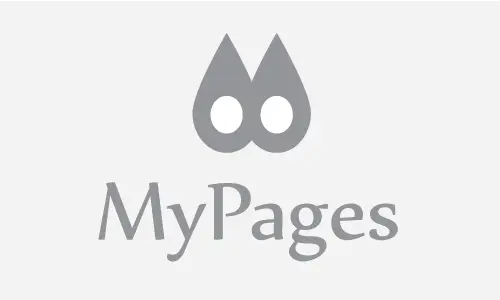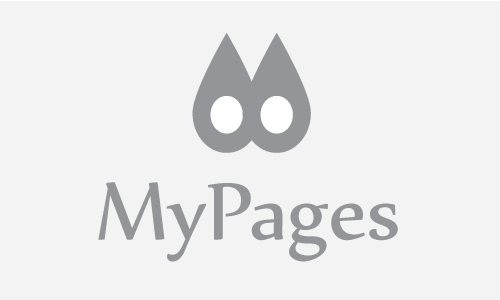
Artificial Intelligence and the Aesthetics of Image Generation
Artificial intelligence (AI) is rapidly changing the way we create and consume images. In recent years, AI-powered tools have become increasingly sophisticated, making it possible to generate realistic and visually appealing images with just a few clicks.
This new technology has the potential to revolutionize a wide range of industries, from art and design to advertising and marketing. However, it also raises important ethical questions about the use of AI to create images.
Methods of Image Generation
There are a number of different methods for generating images with AI. Some of the most common methods include:
- Generative adversarial networks (GANs)
- Variational autoencoders (VAEs)
- Latent space interpolation
- Image synthesis
Each of these methods has its own advantages and disadvantages. GANs are often able to generate very realistic images, but they can also be unstable and difficult to train. VAEs are less likely to suffer from instability, but they typically produce less realistic images. Latent space interpolation and image synthesis are both relatively simple to implement, but they can produce images that are less detailed and less realistic than those generated by GANs and VAEs.
Challenges and Opportunities
The use of AI to generate images poses a number of challenges, including:
- The potential for bias and discrimination
- The risk of creating fake news and misinformation
- The potential for copyright infringement
- The need for regulation
Despite these challenges, AI-generated images also offer a number of opportunities, including:
- The ability to create new and innovative art
- The potential to improve communication and collaboration
- The ability to create more realistic and immersive experiences
- The potential to solve real-world problems
Ethical Implications
The use of AI to generate images raises a number of ethical concerns, including:
- The potential for bias and discrimination
- The risk of creating fake news and misinformation
- The potential for copyright infringement
- The need for regulation
It is important to be aware of these ethical implications and to take steps to mitigate them. This includes:
- Using AI-generated images in a responsible way
- Educating people about the potential risks of AI-generated images
- Developing regulations to govern the use of AI-generated images
By taking these steps, we can help to ensure that AI-generated images are used for good and not for harm.
